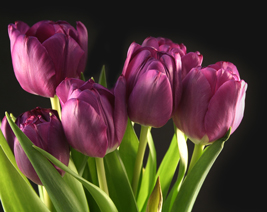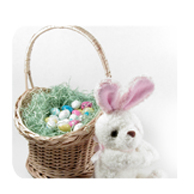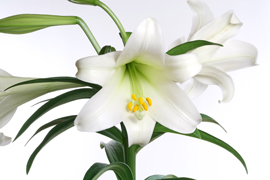Easter Songs Have Been Sung Ever Since Pagan Times
Even though Easter was originally a Pagan ceremony, it is now a central form of Christian worship and many other Christian festivals are dated according to the reference date of Easter. Easter is a time when churches around the world ring out with Easter songs, though not all Easter customs are Christian. In fact, the Easter songs that date back to ancient times were radiating in their simplicity and were the main source of inspiration for the popular hymns that came about much later.
Early Second Century Songs That Praised The Resurrection
There are Easter songs versions that date back to as early as the second century that praised the Resurrection, and from the fourth century, the magnificent Latin hymns related to Easter were full of praise and were sung at the lighting of the Easter candle. A popular Easter song is known as The Exultet, which is still sung in all Catholic churches during Easter, and though its origins are uncertain, has been attributed to Saint Jerome or to Saint Augustine.
In the eight century, Saint John Damascene was the author of beautiful Greek poems in honor of the Resurrection and these are found in present day liturgical services of the Greek Church and have even been translated into English. A notable Easter song from ancient times is “The Day of Resurrection” that is sung in its original text in Greek at midnight services of the Greek Church.
There are also a great number of wonderful Easter songs that date to the Middle Ages and the German song “Let Us All Be Glad” appeared in a song book in 1568. Apart from the great number of Easter songs that are sung in individual countries, there are also those Easter songs that are sung among all nations of the world. From Chinese Christians to Portuguese to Johann Wolfgang Goethe’s beautiful Faust, there is great variety in the Easter song as sung by these various nationalities.
Perhaps the most famous Easter song of modern times, the ‘Easter Parade’ composed by Irving Berlin is most in demand. Easter parties also call for special Easter songs and music stores are booming with sales of audio cassettes as well as CDs that have many different Easter bunny songs, which are popular among kids. Children love to memorize the words to such songs and even use them to participate in singing competitions held in schools during Easter springtime.

 The word “Easter” is derived from the ancient Babylonian and Assyrian goddess known as “Ishtar” (the Queen of Heaven) and “Astarte” (the ancient goddess of spring and fertility), which are both celebrated once a year. The Roman Catholic transformed these ancient traditions into a Christian version now known as Easter by changing the meaning of certain rituals found in ancient times in order to worship Jesus Christ. Easter sermons during Sunday worship began during the 1st century on the seventh day of Sabbath.
The word “Easter” is derived from the ancient Babylonian and Assyrian goddess known as “Ishtar” (the Queen of Heaven) and “Astarte” (the ancient goddess of spring and fertility), which are both celebrated once a year. The Roman Catholic transformed these ancient traditions into a Christian version now known as Easter by changing the meaning of certain rituals found in ancient times in order to worship Jesus Christ. Easter sermons during Sunday worship began during the 1st century on the seventh day of Sabbath.

